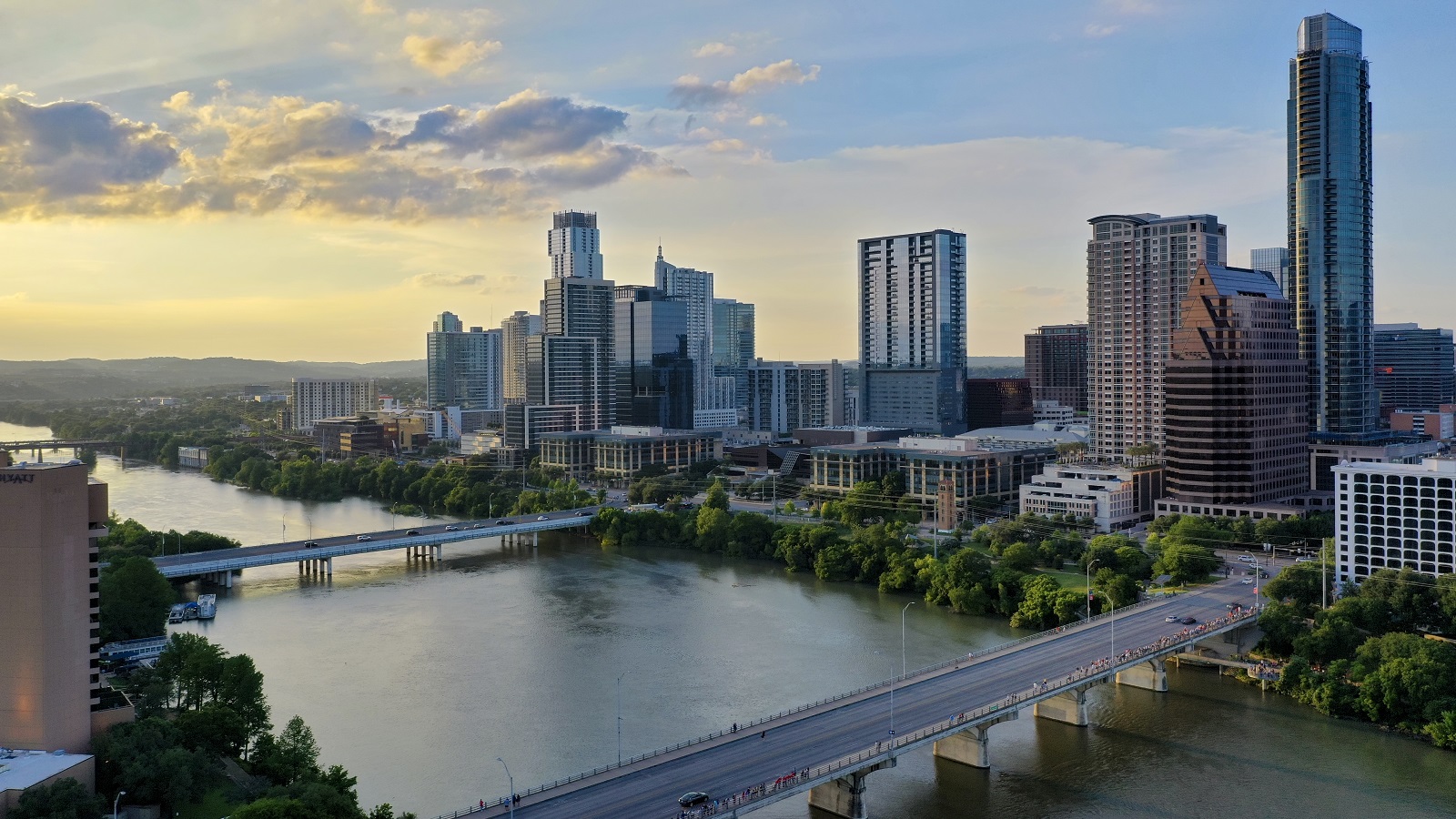In Los Angeles, opportunities to enjoy the cool cover of trees are few and far between. For example, South L.A. is a mostly low-income area with a diverse population. It has many apartment buildings but few trees. In fact, the area has little to no tree canopy at all, which means little shade. Although our city has many beautiful landscapes, a lot of them are cut off by freeways or set aside for wealthier neighborhoods.
Living in an area of the city that has no trees means that youth and families don't get to enjoy the direct connections to nature that are so essential to a healthy life and a thriving community – the sound of the birds in the morning or the breeze through the trees in the afternoon. Without sufficient shade in the summer, the pavement is too hot to walk on – let alone play on – so children in low-income neighborhoods spend less time outdoors. These are small connections to the outdoors that we might take for granted but that are essential to our relationship with nature.
Angelenos are not alone in this situation. Across the country, communities without sufficient tree coverage are vulnerable to the increasingly devastating effects of the climate crisis. Trees absorb rainwater and provide shade, and when communities do not have sufficient tree coverage, they’re vulnerable to climate change-driven flooding and extreme heat. More often than not, those communities are home to mostly Black, Indigenous, and other people of color residents, as well as low-income residents. But living in a certain zip code shouldn't determine your access to all of the benefits trees provide.
The solution is simple: Plant more trees. And right now, Democrats in Congress are proposing a transformational investment in tree planting on public lands and in our cities. Congressional champions have proposed nearly $3 billion in investments in our parks, green spaces, and forests as part of negotiations around President Biden’s Build Back Better agenda. These investments would have immediate and long-term benefits for communities across the country.
They would help our communities to thrive. Study after study demonstrates a clear relationship between tree coverage and physical health: green spaces and shade trees promote physical activity and purify the air from pollutants. At the same time, it would create jobs and save more than $1 billion annually by reducing things like health-care costs associated with asthma-related emergency room visits.
They would also save lives. The urban heat island effect traps heat in areas of cities where glass and pavement outnumber trees and green space. Without sufficient tree coverage, these neighborhoods can be up to 10 degrees warmer during the day than nearby neighborhoods with plentiful tree coverage. This 10-degree difference can have deadly effects. Taking the necessary steps to plant trees in our cities could save 12,000 lives annually.
And they would help us take on the climate crisis. Our trees and forests are essential to removing carbon from the atmosphere. They serve as our largest natural carbon sinks. Urban trees are a key part of that inventory. One report indicated that urban forests account for nearly one-fifth of the carbon captured in the entire country.
The challenges we face, from the climate crisis to the biodiversity crisis to the nature equity gap, are serious and overlapping. Protecting and expanding our urban forests can help us take each of them on. Passing Build Back Better would make our communities safer, healthier, and more livable.
